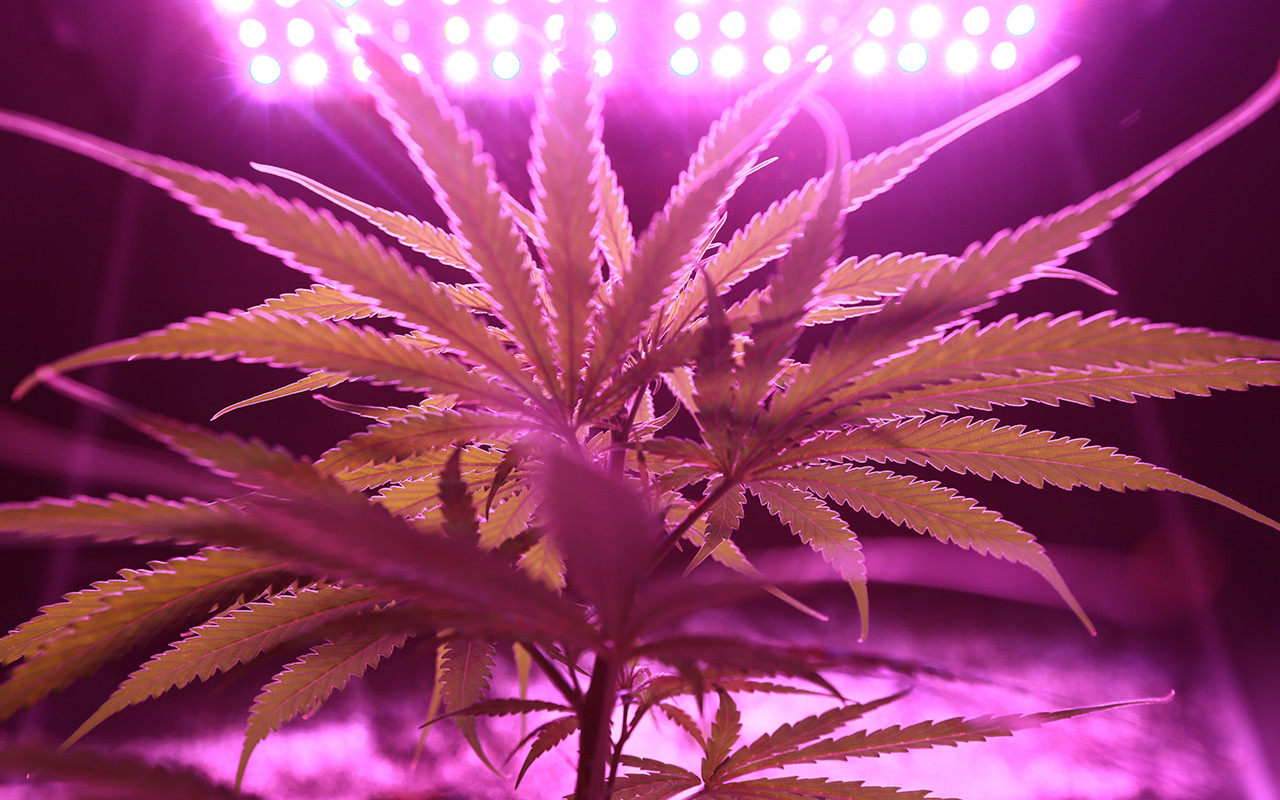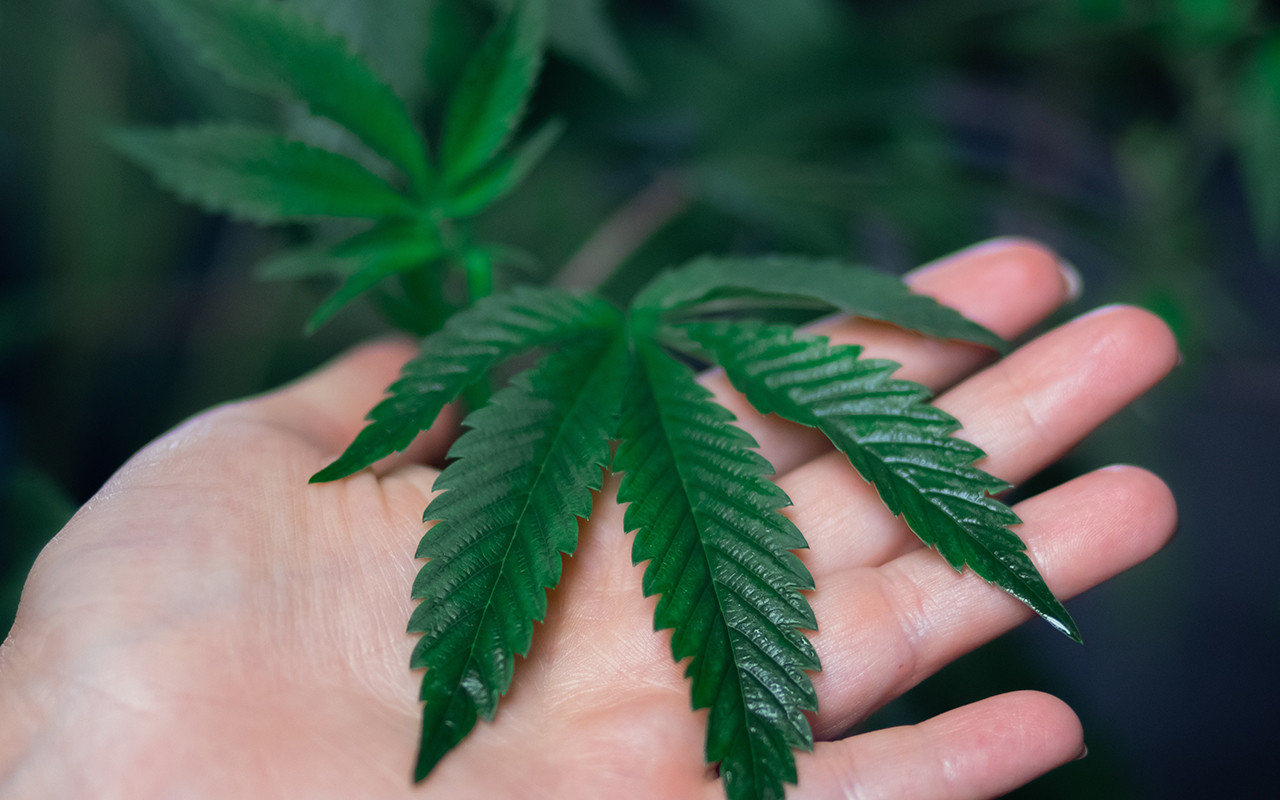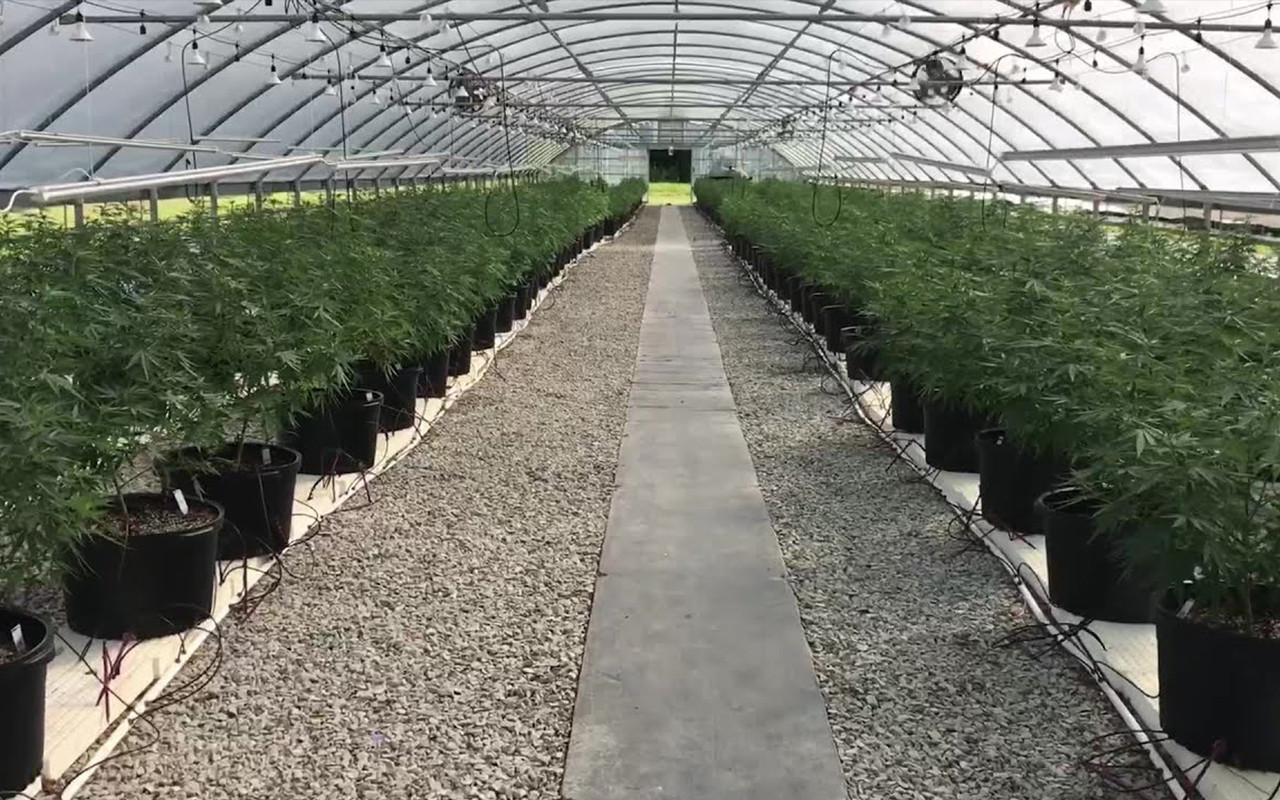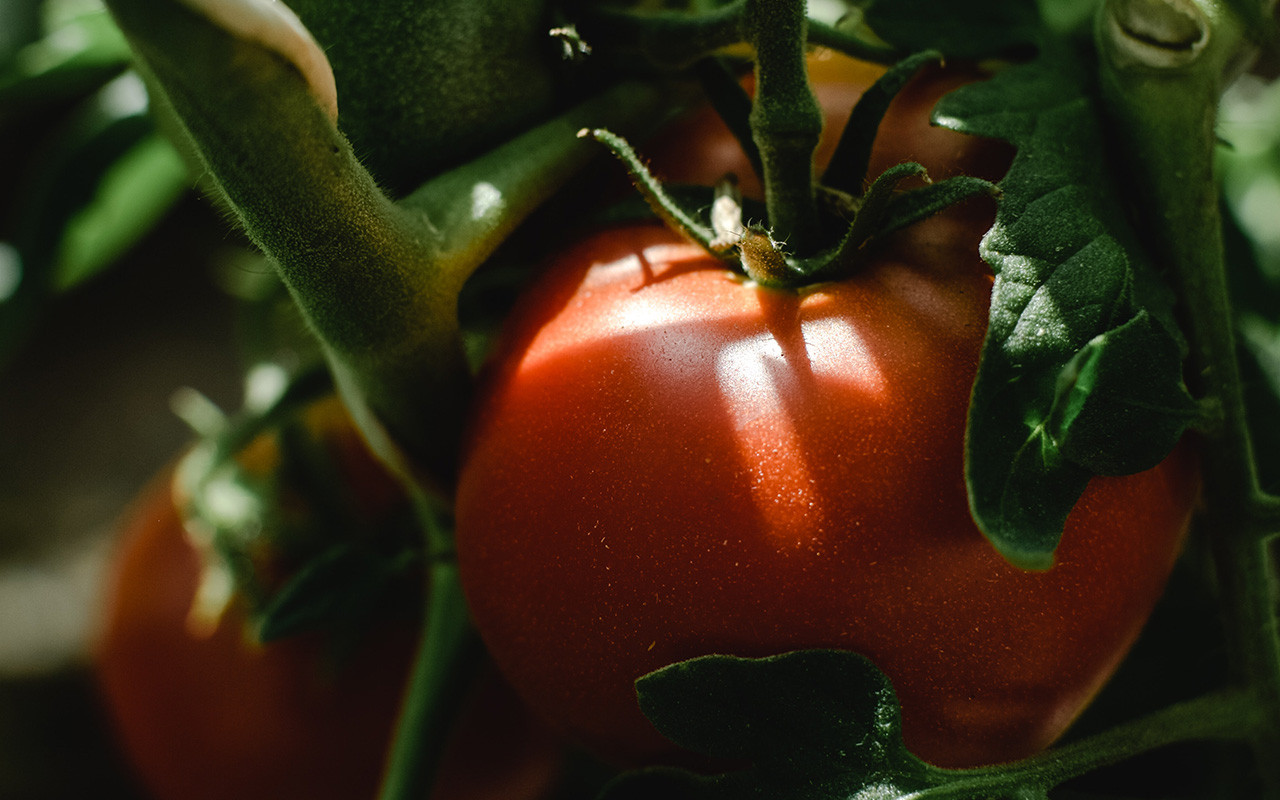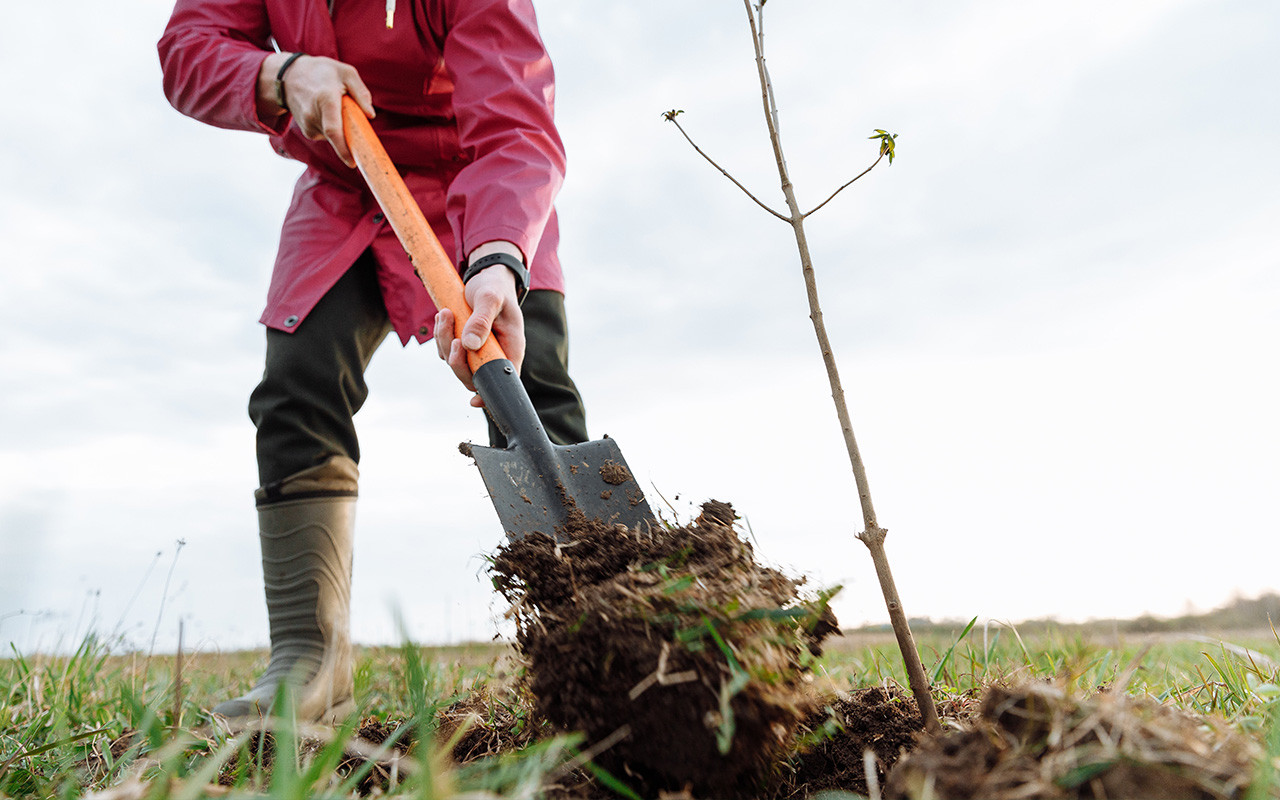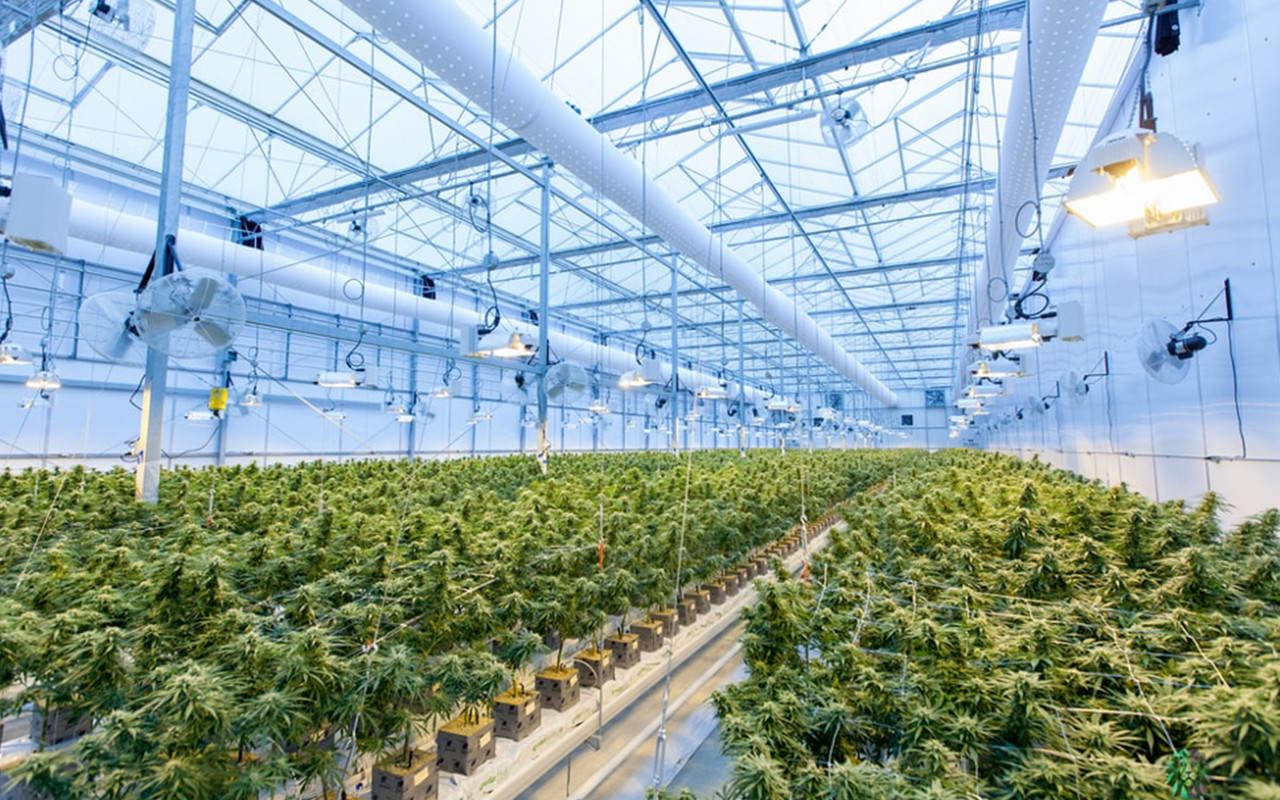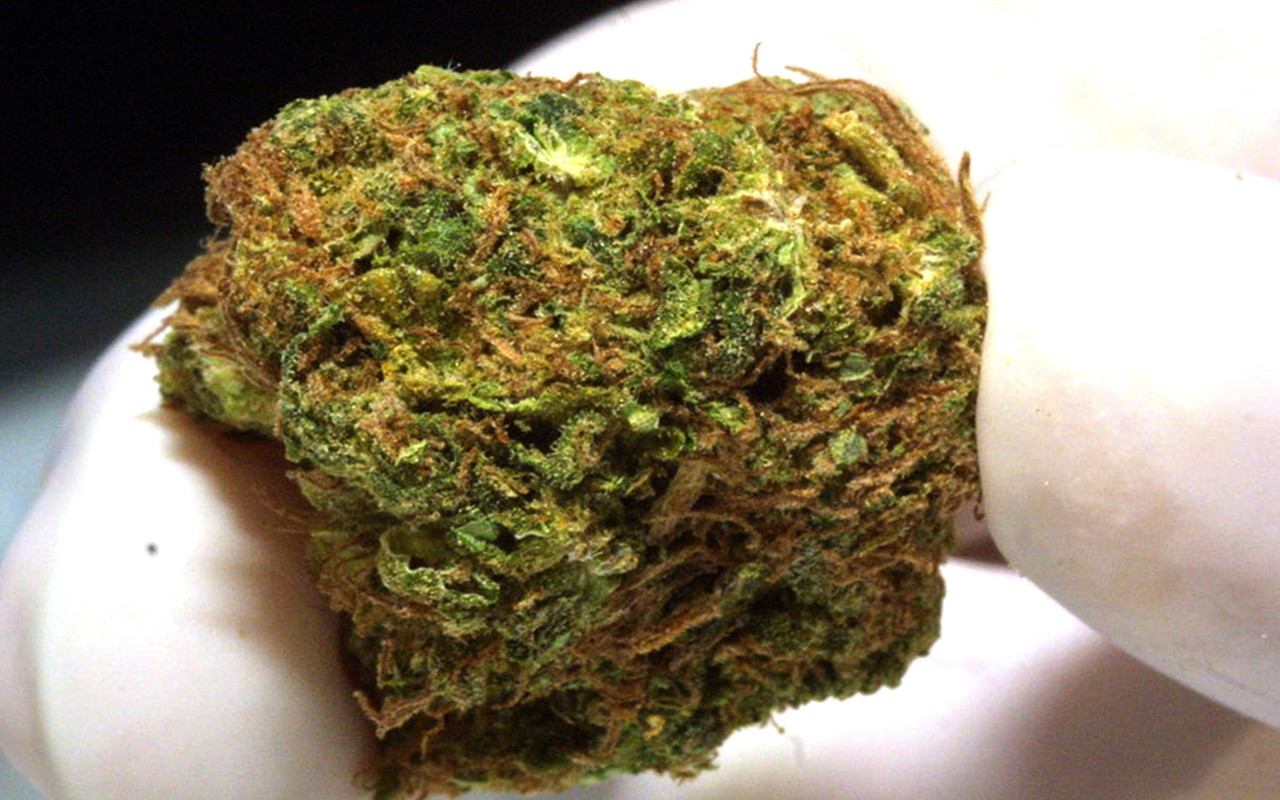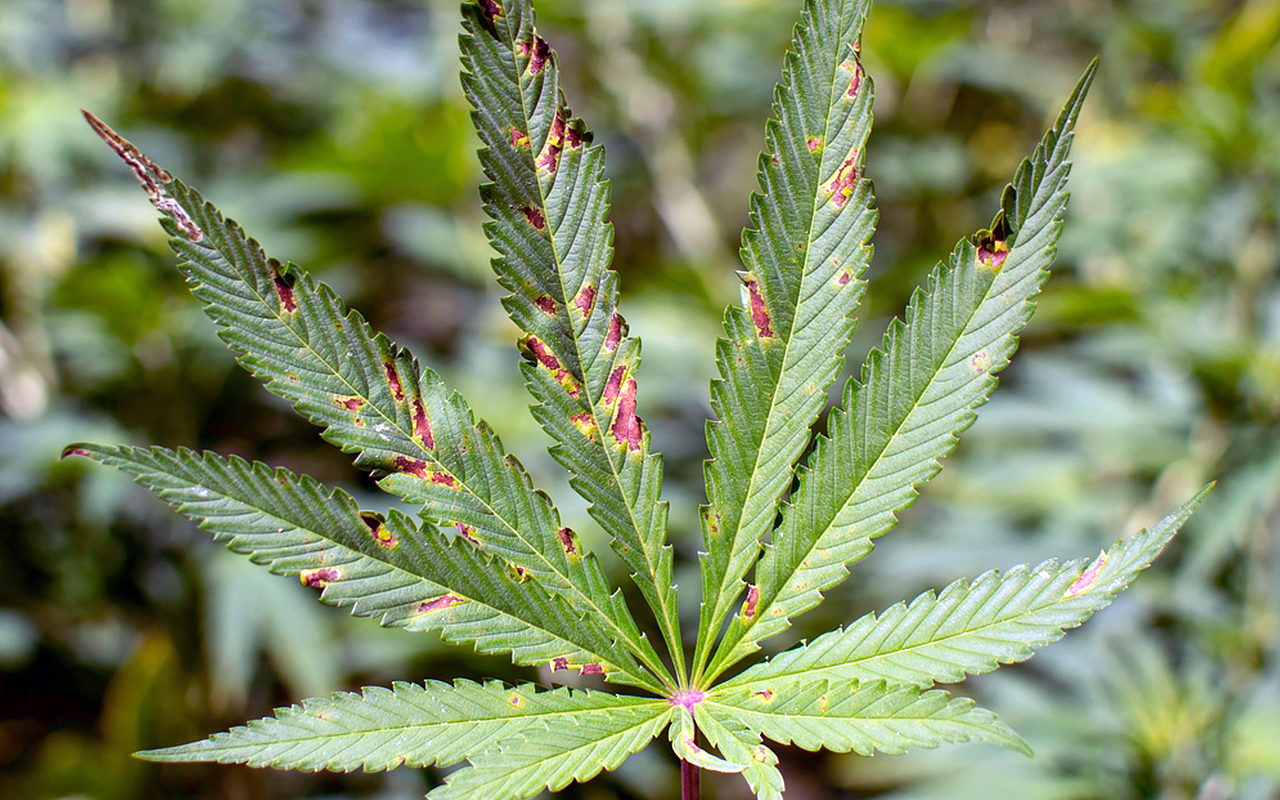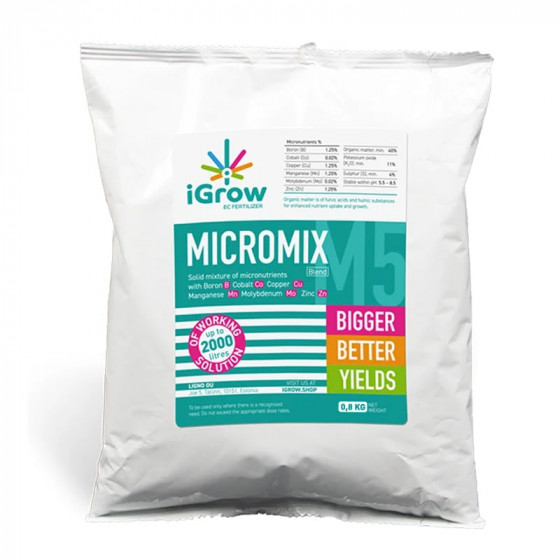
Finding the Right Balance: A Guide to Timing Your Fertilizer for Hemp Growth
Understand the type of soil you have
When it comes to timing your fertilizer application, the type of soil you have plays an important role. Not all soils are equal, and if you're not the lucky one with nutrient-rich soil, you’ll need to supplement it with organic inputs.
Clay soils are made of very fine particles and are often dense and highly compacted. These types of soil absorb water slowly and can be difficult to work with without the right additives. Sandy soils are composed of larger particles, allowing for higher drainage, but they contain fewer nutrients compared to clay soils. Loamy soils are a perfect balance of clay, sand and organic matter, which is why it is the ideal choice for cannabis cultivation.
The soil type involves more than just water retention and drainage. It's also crucial to take into account nutrient levels and pH balance. While fertilizers can fix nutrient imbalances, it's important to understand how pH and water retention impact nutrient levels. Without this understanding, you could end up over-fertilizing or not fertilizing enough - both of which can lead to stunted growth and poor yields.
Low pH soils are generally acidic and can cause deficiencies in essential nutrients such as phosphorus, iron, zinc, and other trace elements. High pH soils are usually alkaline with too much lime which can lead to calcium toxicity.
Low water retention or poor drainage soils can also cause nutrient deficiencies due to waterlogging and anaerobic conditions.
Choose the right type of fertilizer for your soil
Now that you know the type of soil you have and how it's affecting nutrient levels, it’s time to choose a fertilizer that is right for your hemp plants. There are slow-release and fast-release fertilizers, and each one has its own benefits.
Slow-release fertilizers release nutrients over a period of time, giving your plants the steady supply they need to thrive without any intensive application. These are great for soil types that can't easily absorb or retain nutrients due to high drainage or low water retention. Fast-release fertilizers, on the other hand, provide a quick boost of nutrient uptake and are best used in soils that can't quickly absorb nutrients.
For cannabis cultivation, professional growers typically avoid using slow-release fertilizers because hemp requires different amounts of nitrogen, phosphorus, and potassium throughout its growth cycle. Slow-release fertilizers cannot provide these varying nutrient levels. Instead, liquid fertilizers are preferred for cannabis and are typically applied on a weekly or bi-weekly basis.
For new growers it's better to stick with this mainstream approaches until you've gained more experience.
Determine the correct amount of fertilizer to apply
As it's already mentioned hemp plants require different amounts of nutrients throughout their growth cycle, and it's important to apply the right ammount at the optimal times.
For example, in the vegetative stage hemp needs more nitrogen to support leafy growth and less potassium as it can stunt new growth if too much is applied. In the flowering stage, however, potassium levels should be increased while nitrogen levels should be reduced - this will help promote flower development and increase yields.
The amount of fertilizer you apply depends on the type of soil, water retention, and other environmental factors. You must also take into account the NPK uptake (N-Nitrogen, P-Phosphorus, K-Potassium) of your plants. Hemp could utilize up to 200 kg/ha of nitrogen, 47 kg/ha of phosphorus, 211 kg/ha of potassium, and 14 kg/ha of sulfur. The nutrient amounts provided should not necessarily be applied in full. This is because the soil already provides some nutrients, in addition to those that are applied. Therefore, understanding your soil is crucial for achieving success. Nutrient uptake and removal are influenced by various factors such as weather conditions, seeding date, soil pH and salinity, ability of the soil to aerate, and varietal differences.
Get to know how often and when to apply fertilizer for hemp
The key to timing your fertilizer is understanding the nutrient needs of your plants throughout their lifecycle. Cannabis requires a steady supply of nutrients during each stage for optimal growth and yield. Early vegetative stage, flower development, and fruiting/harvest are all equally important stages that require different amounts of nutrients.
For example, cannabis needs more nitrogen and phosphorus during the early vegetative stage to help promote new growth, while potassium is important in the flowering stage for flower development.
To get the best results, it is suggested to start fertilizing your plant after it has developed 3-4 sets of true leaves. This indicates that your seedlings have exhausted the energy stored in the seed and now need nutrients from the soil and fertilizer (if applied) to thrive. Then continue fertilizing every 2-3 weeks.
You can go with weekly based fertilization, but be carefull not to overdo with the frequency. Although cannabis plants require a nutrient-rich environment, over-fertilization can cause nutrient burn and stunt growth. As a rule of thumb, it's best to stick with a moderate amount of fertilizer, and then adjust to the needs of your crop as time progresses.
Final thoughts
When it comes to properly timing fertilizer application for outdoor cannabis growing, there are no one for all solutions. Many factors must be taken into consideration. From soil type and pH balance to nutrient levels and water retention, understanding the needs of your plants is essential in order to get optimal growth and yield from your crop. It is recommended to test your soil, use liquid fertilizers that are certified for organic use, and consider the specific stage of plant growth when applying them. With a bit of knowledge and practice, proper fertilizer application will become second nature!







